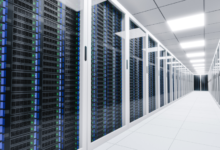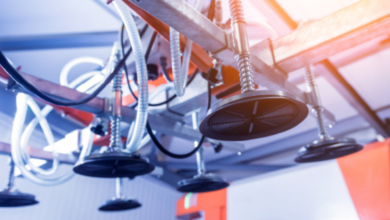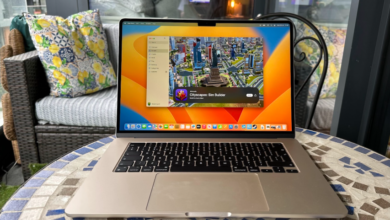Understanding LED Panel Types: Differences, Applications, and Benefits

LED panels are versatile display solutions used across various industries for their energy efficiency, brightness, and durability. This article led panel types explores different types of LED panels, their applications, and the benefits they offer.
Introduction to LED Panel Types
LED panels come in various types, each suited for specific applications based on size, resolution, brightness, and functionality. Understanding the differences between these types helps businesses and organizations choose the right LED panel for their needs.
Types of LED Panels
1. Indoor LED Panels
Indoor LED panels are designed for environments where lighting conditions are controlled. They are commonly used in:
- Retail Environments: Displaying products and promotional content.
- Corporate Settings: Conference rooms, lobbies, and digital signage.
- Entertainment Venues: Theaters, concerts, and exhibitions.
Indoor LED panels prioritize color accuracy, high resolution, and seamless integration with architectural spaces.
2. Outdoor LED Panels
Outdoor LED panels are built to withstand harsh weather conditions and provide high visibility in bright daylight. They are used in:
- Outdoor Advertising: Billboards, digital signage, and public spaces.
- Sports Arenas: Stadium scoreboards and perimeter advertising.
- Transportation Hubs: Airports, train stations, and highways.
Outdoor LED panels feature robust construction, high brightness levels, and weatherproofing technologies.
3. Rental LED Panels
Rental LED panels are designed for temporary installations such as events, concerts, and trade shows. Key features include:
- Portability: Lightweight and easy to transport.
- Quick Setup: Modular design for rapid assembly and disassembly.
- Versatility: Support for curved configurations and custom sizes.
Rental LED panels prioritize ease of use, flexibility, and high-quality image performance.
4. Transparent LED Panels
Transparent LED panels offer a unique see-through effect, making them suitable for applications where transparency is desired, such as:
- Retail Displays: Showcases and storefronts.
- Architectural Integration: Building facades and windows.
- Stage Productions: Visual effects and interactive displays.
Transparent LED panels maintain visibility and natural light penetration while delivering dynamic content.
Read also: Innovative Oasis: Cutting-Edge Technologies Reshaping Dubai’s Landscape
Benefits of LED Panels
1. Energy Efficiency
LED panels consume less energy compared to traditional display technologies, resulting in lower operating costs and environmental impact.
2. Brightness and Visibility
LED panels offer high brightness levels, ensuring clear visibility even in brightly lit environments or outdoor settings.
3. Durability
LED panels are durable and long-lasting, requiring minimal maintenance compared to other display technologies.
4. Flexibility
LED panels can be customized in size, shape, and configuration to fit specific installation requirements and creative designs.
LED panels come in various types, each tailored for specific applications and environments. The types of LED displays range from indoor to outdoor configurations, accommodating diverse needs in brightness, resolution, and durability. Indoor LED panels are designed for environments where lighting conditions can be controlled, offering high-resolution displays suitable for close viewing distances in venues like conferences and retail spaces. On the other hand, outdoor LED screens are built to withstand weather elements, featuring higher brightness levels and robust casing to ensure visibility under direct sunlight, making them ideal for digital billboards and outdoor advertising
Conclusion
LED panels come in various types tailored for indoor, outdoor, rental, and transparent applications, each offering unique features and benefits. By understanding the differences and considering factors such as environment, usage, and budget, businesses can select the right LED panel type to enhance visual communication and achieve their objectives effectively.





